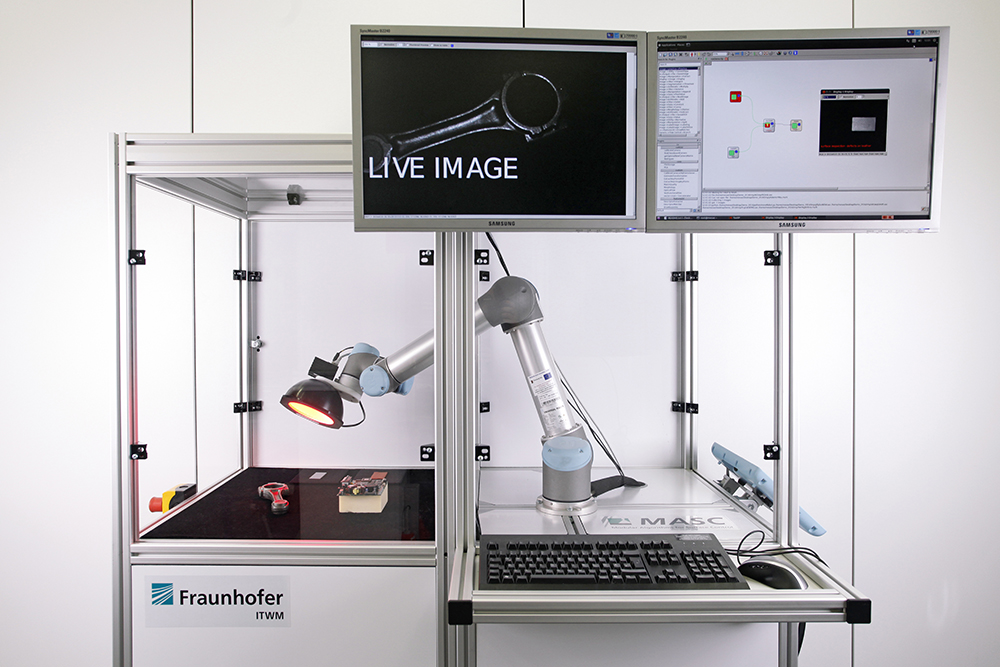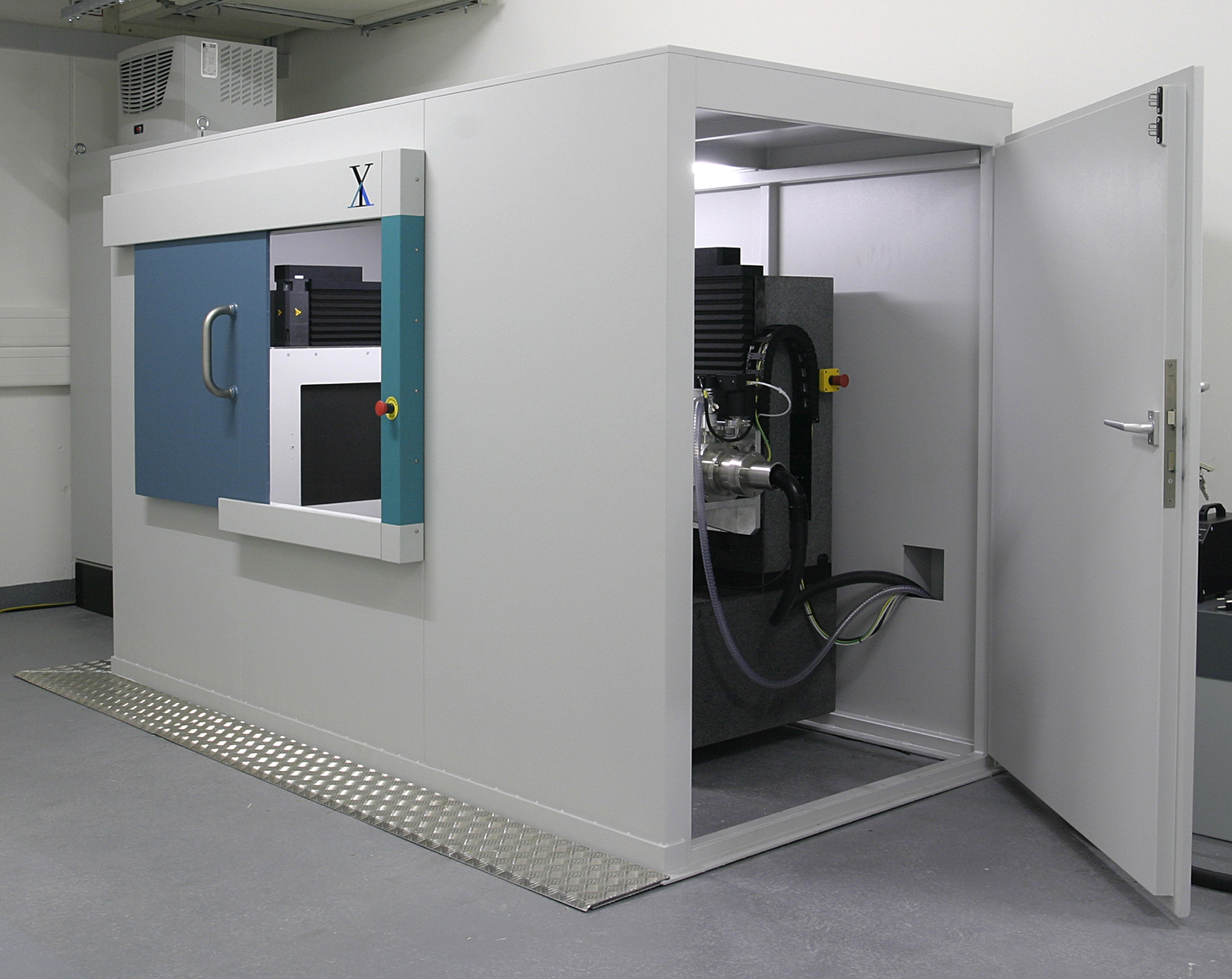Wood is very versatile as a material. However, as a natural material wood also is a very complicated material, this is true for solid wood as well as fiber sheets and wood composites. In Germany, several research institutes conduct research on wood, but only Kaiserslautern has instituted an image processing department that manages a lab that combines innovative image processing with timber construction. The fundamental concept is not only to combine various analytical techniques, but also to replace or expand traditional testing methods, at least partially, through modeling and simulation of wood materials. The lab is not intended to compete with other labs existing in Kaiserslautern (Rheinland-Pfälzische Technische Universität Kaiserslautern-Landau (RPTU), Institute for Composite Materials IVW ), rather to complement them with new methods and simulations.
Wood Analysis and Computing Lab
The structural design of wood depends on the intended use as the requirements for durability/strength, resistance to moisture, and temperature fluctuations, thermal insulation, sound absorption, etc. vary greatly depending on the application. This applies to the wood itself as well as to combinations with other wood parts and with other materials. The situation is similar with composite materials based on other natural fibers (e.g., flax, hemp).
Using mathematical processes, it is possible to predict major properties of a material.
Typical properties are:
- durability
- moisture absorbance/resistance
- characteristics of the adhesives and joints
- thermal transfer
- acoustics, etc.
Microstructure Analysis, Models, and Simulations
One of these methods is microstructural analysis based on image data obtained by means of computed tomography. ITWM develops high performance methods of fiber analysis, which enable the determination of fiber direction, fiber diameter and, in the near future, also the distribution of fiber lengths.
In addition, reliable statements can be made concerning the topology of a certain material. Defects and inclusions can also be detected. The same is true for joining compounds and adhesives, which is important because that is where force application is critical.
All these attributes have a significant influence on the physical properties of the materials.
Surface Inspection
High resolution recording of large areas is possible with image processing. Although inner defects cannot bedetected, structural changes are also generally visible on the surface. Although the possibilities for calculating structural properties lag behind those available in microstructure analysis, these can now be quickly determined for large areas without sampling.
This means that 2D microscopic-macroscopic properties that partially complement a microstructure analysis are obtained and can be used for the overall evaluation of the component.
Additionally, such systems can be applied in production quality control: using mathematical processes, it is possible to predict major properties of a material.
Technology and Equipment
An overview of the major equipment:
- CT Scanner (detector with the resolution 3k×3k, improved image contrast (dual energy), laminography)
- A high resolution industrial scanner (multiple illuminations used in surface testing)
- Near infrared spectral camera, entire spectra can be recorded (reveals chemical information about wood decay and composition, and the percentage and the composition synthetic materials in a composite)
- A measuring instrument for frequency and temperature dependent studies of elastic components and damping values (DMA/DMTA) (support characterization of structural-mechanical properties).
- High-performance computer hardware for analysis, simulation.



